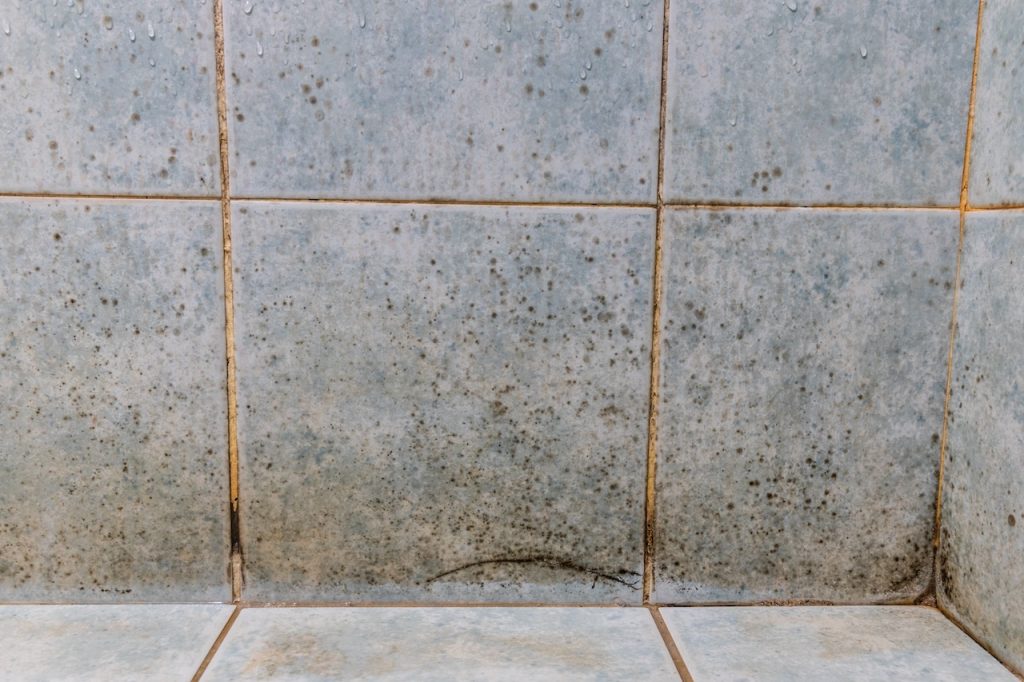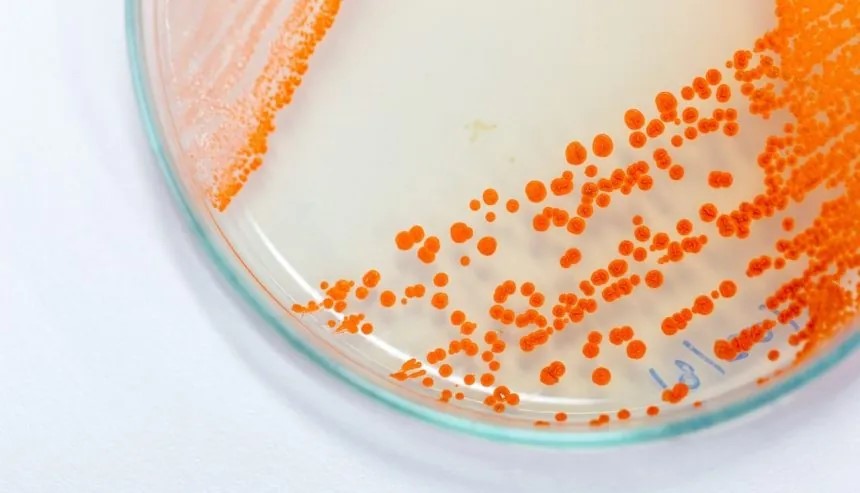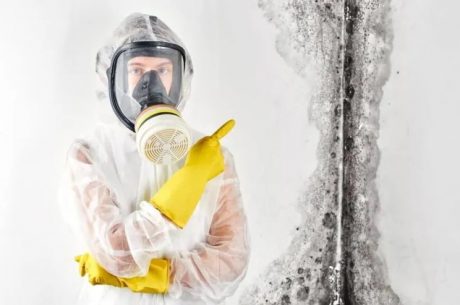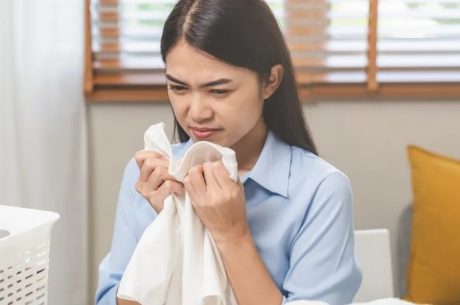What is pink mold? When it comes to maintaining a clean and healthy bathroom, pink mold is a common yet often misunderstood issue. What is important to know is that while some may consider the pink slimy material as maybe being mold, it is not.
What you see is a common bacterium known for producing pink or reddish biofilm, and requires effective sanitation and preventive measures. So why does it appear in our bathrooms? More importantly, how can you eliminate the pink biofilm (Serratia marcescens) and prevent it from returning? This blog will provide a comprehensive guide to understanding this pink biofilm, its causes, and the most effective ways to eliminate it from your bathroom.

What is the Pink Biofilm called Serratia marcescens? The pink biofilm, commonly found in bathrooms, as mentioned earlier is not actually mold but a type of bacteria called Serratia marcescens. This bacterium thrives in damp, humid environments, making bathrooms the perfect breeding ground. This pink biofilm often appears as slimy pink or orange patches and can be found on shower curtains, tile grout, sinks, and other moist areas.
What Causes Serratia marcescens? Understanding what causes the pink biofilm is essential for effective prevention and removal. The primary factors contributing to this pink or red coloration which comes from a pigment called prodigiosin growth include:
- Moisture: Serratia marcescens requires a wet environment to thrive. With their frequent water use, bathrooms provide ideal conditions for the pink biofilm to grow.
- Soap Residue: Soap scum and body oils can serve as a food source for the bacteria, promoting its growth on shower curtains, tiles, and other surfaces.
- Poor Ventilation: Lack of adequate ventilation in bathrooms can lead to high humidity levels, creating a conducive environment for pink mold.

How to Get Rid of Serratia marcescens (Pink Biofilm)
If you’ve discovered the pink biofilm in your bathroom, removing it and preventing its return immediately is crucial. Here’s a step-by-step guide on how to get rid of the biofilm layer:
- Safety First: Wear protective gloves, a mask, and eyewear to avoid direct contact with the pinkish slimy biolayer and its spores.
- Initial Cleaning: Use a non-abrasive scrub brush and a mixture of water and dish soap to clean the affected areas. This will help remove the bulk of the biolayer film.
- Disinfect: Apply a disinfectant such as bleach or a commercial bathroom cleaner designed to kill bacteria. Ensure the room is well-ventilated when using strong chemicals. (Use a bleach solution—1 cup of bleach in 1 gallon of water—to scrub affected areas).
Alternative Suggested Solutions for Serratia marcescens
- Vinegar: Use to clean and loosen biofilms or mineral deposits before applying a stronger disinfectant. Allow it to sit for 10-15 minutes, then scrub and rinse.
- Hydrogen Peroxide: Use as a final disinfectant after cleaning the surface with vinegar or soap. Spray 3% hydrogen peroxide directly on the area, let it sit for at least 10 minutes, and then wipe clean. (Do not mix vinegar and hydrogen peroxide together).
Preventing the Pink Biofilm
Once you’ve successfully removed pink biofilm from your bathroom, it’s essential to take preventive measures to keep it from returning. Here are some effective strategies:
- Improve Ventilation: Ensure your bathroom has proper ventilation. Use exhaust fans during and after showers to reduce humidity levels.
- Regular Cleaning: Clean your bathroom regularly with antibacterial cleaners to remove soap scum and body oils that can feed the pink biofilm layer.
- Dry Surfaces: After using the shower or sink, wipe down wet surfaces to eliminate standing water.
- Use Mold-Resistant Cleaning Solutions and Products: Consider using mold-resistant shower curtains, paints, and sealants. Regular cleaning with neutral cleaning solutions can help remove biofilms that mold and mildew can feed on.
Health Risks Associated with Pink Serratia marcescens
While Serratia marcescens may seem harmless, it can pose significant health risks, particularly for individuals with weakened immune systems. Prolonged exposure to Serratia marcescens can lead to various health issues, including:
- Respiratory Infections: Inhaling the bacteria can cause respiratory infections, especially in people with compromised immune systems or pre-existing lung conditions.
- Urinary Tract Infections: The bacteria can cause urinary tract infections if it contaminates personal hygiene products.
- Wound Infections: Open cuts or wounds exposed to pink Serratia marcescens can become infected, leading to severe complications if not treated promptly.

PuroClean of Huntington Can Provide Professional Help for Persistent Mold or Bacterium such as Serratia marcescens Problems
If you’re in Suffolk or Nassau County and dealing with persistent bacteria or mold concerns, PuroClean of Huntington is here to help. Our certified professionals specialize in effective remediation, restoration, and cleaning solutions to ensure your home stays safe and healthy. Contact us today for a thorough assessment and customized plan of action. Call PuroClean of Huntington at (631) 402-9700 for expert assistance. Trust PuroClean to protect your home or business and provide peace of mind with our reliable restoration solutions.
Refer to The Center for Disease Control and Prevention’s(CDC) Mold Guide for further information on mold and its health effects. Understanding what causes pink biofilm and how to get rid of it can help you maintain a healthier home. By following the tips and strategies outlined in this blog, you can effectively manage and prevent Serratia marcescens or other harmful bacteria or mold from infesting your bathroom. For more expert advice and assistance, contact PuroClean today.




 PuroClean of Huntington
PuroClean of Huntington